19 Amazing Facts About Lake Victoria, Uganda: Location, Cichlids, Map, Size, Islands
Interested in Lake Victoria? In this post, you’ll learn 19 interesting facts about Lake Victoria, including size, location, cichlids, wildlife, and the Ssese Islands.
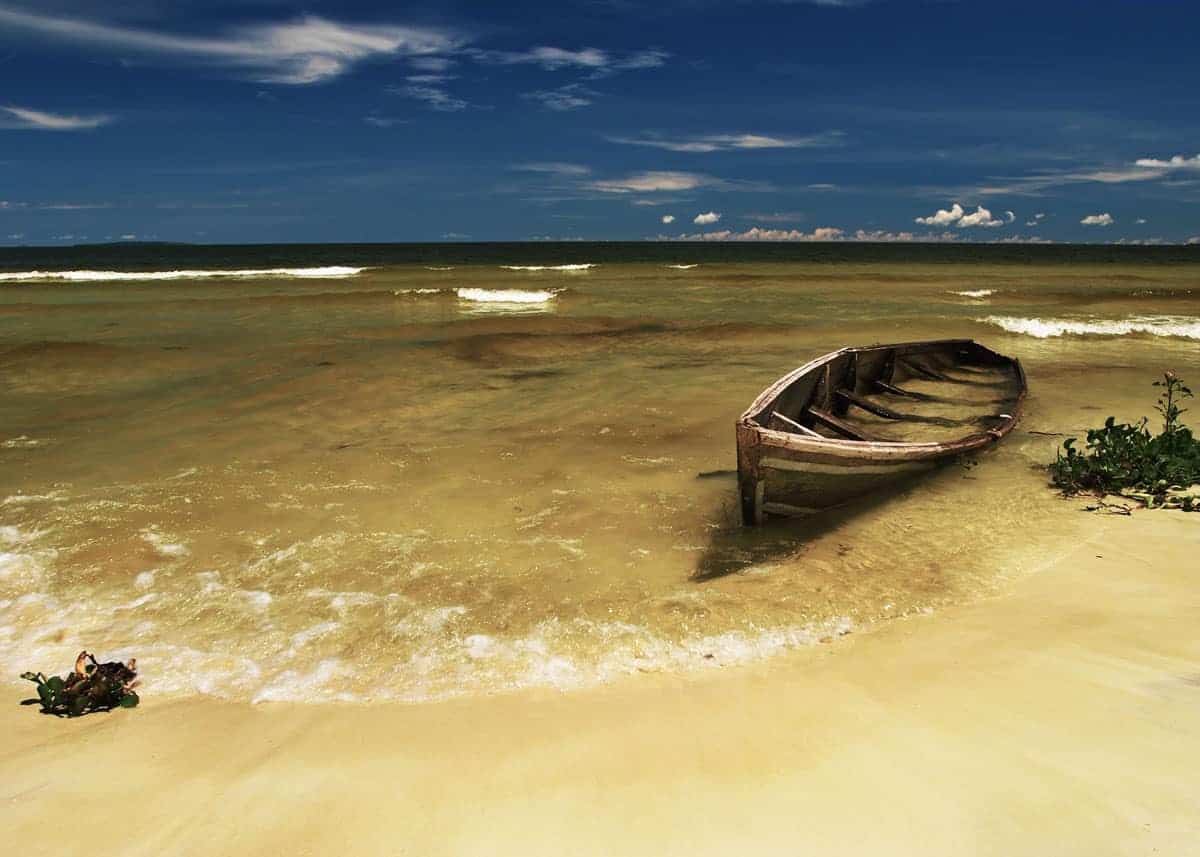
Lake Victoria Map
But first, here’s a zoomable map of Lake Victoria. For a realistic view, click on the “Show Satellite Imagery” button in the lower-left corner.
19 Interesting Facts About Lake Victoria, Uganda
It’s one of the official Great Lakes of Africa, and it’s one of the unofficial great lakes of the world.
Lake Victoria is immense not only in size but also in personality, history and so much more.
I hope you enjoy the following interesting facts about Lake Victoria.
1. The Largest Lake on the Continent
When discussing the most interesting things about Lake Victoria size is an unavoidable topic.
There’s a good reason for that: at 68,800 square kilometers, Lake Victoria is the largest lake on the continent of Africa.
Even taking into account all the freshwater lakes in the world, Lake Victoria size-wise is second only to Lake Superior in the United States / Canada.
2. A Lake Fit for a Queen
Some sources cite the discovery of Lake Victoria in 1858. This is silly – it was known by locals and travelers for thousands of years before this. But the Encyclopedia Britannica (among others happily cites the year British colonizers visited as the actual “discovery” date.
In 1858, British Indian Army officer John Hanning Speke visited and named the freshwater lake after Queen Victoria, the current Queen of the United Kingdom.
Before Speke presumptuously renamed the lake, the Arabs knew it as Ukerewe. And it was also known as Nam Lolwe (Dholuo), ‘Nnalubaale (Luganda), and Nyanza (Kinyarwanda).
3. Lake Victoria’s Other Names
Lake Victoria is known by many other names. Here are some of the other names in the local languages. The lake name is in bold, the language name in brackets.
- Nam Lolwe (Dholuo)
- ‘Nnalubaale (Luganda)
- Nyanza (Kinyarwanda)
- Ukerewe (undetermined)
4. A History that Predates its Name
While John Hanning Speke discovered Lake Victoria for Europeans, the lake is about 400,000 years old. In geological terms, this makes Lake Victoria fairly young.
Traders from the Arab world used the lake hundreds of years prior to its modern discovery, and it can be seen on maps dating back to the 12th century.
5. An Eventful History
Lake Victoria is especially sensitive to changes in weather and climate. According to geologists, the lake has lost all of its water multiple times throughout history.
The most recent time this occurred was over 17,000 years ago.
6. Where is Lake Victoria Located?
In addition to its size and history, many of the more interesting facts about this massive tropical lake relate to its central location.
So, where is Lake Victoria located, exactly? The simplest answer to that question would be eastern central Africa.
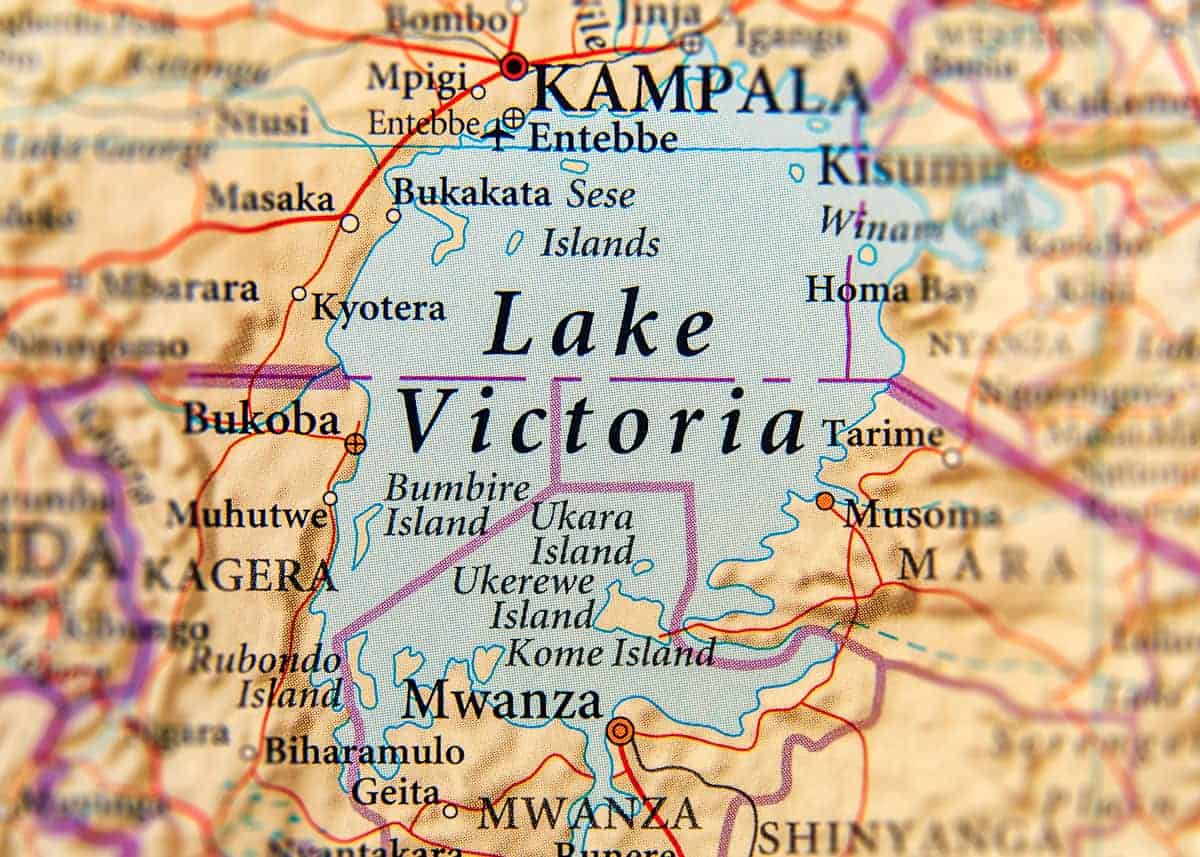
Uganda Climate Guide: Best Time to Visit (Weather, Rain & Temp by Month…)
7. What Countries Border Lake Victoria?
Three countries border Lake Victoria: Tanzania, Kenya and Uganda. See the map for context.
8. A Source of the Nile River
Out of the several countries that border Lake Victoria, Uganda is arguably the most notable. It’s in Uganda that Lake Victoria flows out into the Nile River.
One of the world’s longest and most important rivers, the Nile makes its way north from Lake Victoria, flowing thousands of miles north through eastern Africa into Egypt and eventually out into the Mediterranean Sea.
Learn more about the 12 major rivers in Africa.
9. Also a Source of Electricity
The abundant waters of Lake Victoria are used to generate electricity via two hydroelectric dams located in Uganda. Uganda operates multiple hydroelectric plants along various bodies of water.
Ugandan power plants near Lake Victoria include the Nalubaale Hydroelectric Power Station and the Kiira Power Station.
10. Sourced (mostly) from Rain
Lake Victoria serves as a source of electricity for the surrounding area as well as a source of the Nile River, but the massive amount of water in the lake itself is mostly rainwater.
As rainfall is responsible for up to 80% of Lake Victoria’s water, seasonal changes and dry weather can profoundly affect conditions along the lake.
In addition to rainfall, a small percentage of Lake Victoria’s water comes from local streams.
11. A Relatively Shallow Lake
Lake Victoria has not been completely dry for tens of thousands of years.
However, the lake is only about 130 feet deep on average, making it somewhat shallow for one of the African Great Lakes. Lake Victoria measures 276 feet at its deepest.
12. Home to the Majestic Ssese Islands
In addition to the countries surrounding the lake and the rivers flowing from it, many of the interesting facts about Lake Victoria involve the wonders to be found within the monumental body of water itself.
The Ssese Islands are a prime example. This 84 island archipelago is located in the northwestern section of Lake Victoria within Uganda.
Some of these islands, such as Buggala Island, are accessible to tourists who are interested in seeing unique local scenery and culture.
13. More Islands than Just the Sesse
Although the lake’s Sesse Islands are especially scenic and famous, the 26,600 square miles of Lake Victoria contain more than 3,000 islets.
Another famous island in Lake Victoria is Maboko Island in Kenya.
Only one kilometer wide, this small island gained fame in the paleontological world in the 1930s with the discovery of myriad primate and reptile fossils.
The fossils discovered on Maboko Island are over 15 million years old!
14. Over a Century of Ferries
The history of Lake Victoria exploration goes back centuries.
However, regular boat service on the lake did not begin until the 1890s, when the United Kingdom began using steamboats on the lake as part of their Ugandan Railway.
The first few steamers evolved into regular ferry service between different ports along Lake Victoria.
15. Lake Victoria Cichlids: a Captivating Universe of Fish
Even with its moderately shallow depth, the world of Lake Victoria fish is enormously diverse and fascinating. The variety of Lake Victoria fish is breathtakingly huge and complex.
Just within the category of Lake Victoria cichlids, there are hundreds of colorful species, all with their own distinct appearance and behaviors.
While some species of fish that once swam in Lake Victoria have since gone extinct, a variety of visually arresting cichlids remains in the lake to this day.
Here’s more about Lake Victoria cichlids.
16. Lake Victoria is for the Birds
The wildlife of Lake Victoria is about much more than just beautiful cichlids. A bevy of different bird species can be spotted along the lake’s coastline and on its islets.
Eagles, egrets, and cormorants are often seen hunting for fish around Lake Victoria.
Bird watchers will also want to keep an eye open for multiple species of pelicans, ducks, and geese along the lake’s surface.
17. Larger Lake Victoria Wildlife
When you think about the sizable wildlife that you might see hanging around a large, African lake, there’s a good chance that the mighty hippopotamus comes to mind. If that’s the case, then Lake Victoria does not disappoint.
Groups of hippos are a common sight in shallow parts of the lake, and they are known to occasionally leave the lake’s waters to graze along the shore.
African antelopes are another facet of larger wildlife native to the Lake Victoria area.
More reading: Is Hippo Milk Really Pink?
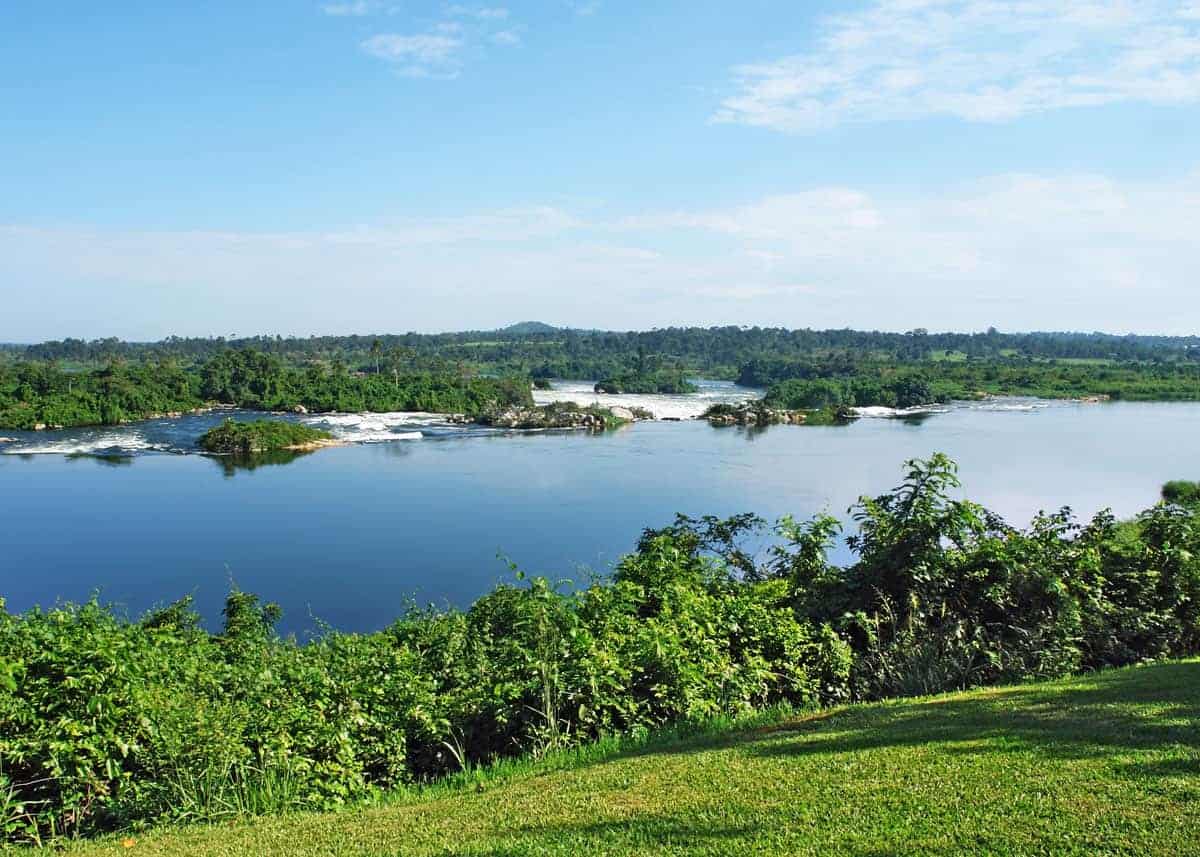
18. Home to the African Clawless Otter
The African Clawless Otter can still be seen in and around Lake Victoria. These otters do come onto dry land occasionally, but they tend to be much more comfortable in the water.
Spotted neck otters, native to sub-Saharan Africa, are also a common sight around Lake Victoria.
Somewhat less conspicuous is the Williams’ mud turtle, a species that is especially suited for Lake Victoria living.
19. Experiencing Lake Victoria from Uganda
Laying along the northwestern shores of Africa’s largest lake, Uganda is an ideal spots to take in some of the amazing things that Lake Victoria has to offer.
- The historic Entebbe Botanical Gardens, founded in 1901, hosts an array of dazzling plant life and wildlife right on the shores of Lake Victoria. The Entebbe Botanical Gardens is excellent for bird-watching, with a multitude of Ugandan bird species flocking around the area at any given time.
- Right next to the Entebbe Botanical Gardens on Lake Victoria is the Uganda Wildlife Conservation Education Centre. A family-friendly education experience, this wildlife center gives visitors a rare opportunity to see some of the continent’s most iconic wildlife – including rhinos, elephants, and giraffes – up close and personal, with knowledgeable guides to enhance the experience.
- For more independent bird-watching and general nature watching, the Kitubulu Forest and Beach is a popular yet peaceful and relaxing spot on the Ugandan coast of Lake Victoria. Located on Kampala-Entebbe Road, this is one of the best locations in Uganda to take in the breadth and beauty of Lake Victoria. It is also close to attractions like the botanical gardens and the wildlife center. This is another spot that bird watchers will not want to miss out on during a trip to Uganda and the Lake Victoria area.
- For those even more curious about local wildlife, the Ngamba Island Chimpanzee Sanctuary provides an experience like no other. A trip to this small Lake Victoria island is a chance to witness these incredible creatures living and interacting in a natural environment.
Traveler Tip: Just a heads up about water safety in Lake Victoria. It contains the bilharzia parasite (also known as schistosomiasis or snail fever). So you need to use caution with water sports on the lake.
Learn more about the country of Uganda.
Your Turn
Have a question about Lake Victoria? Or maybe a fact to share? Join us in the comments!


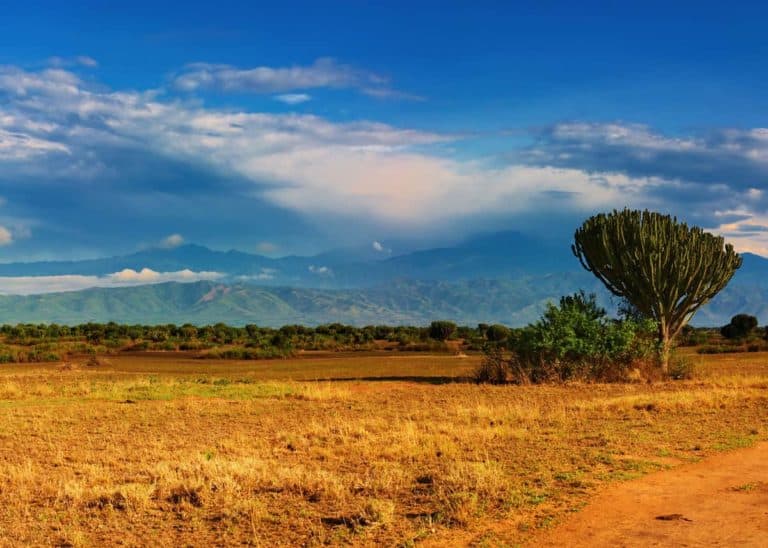



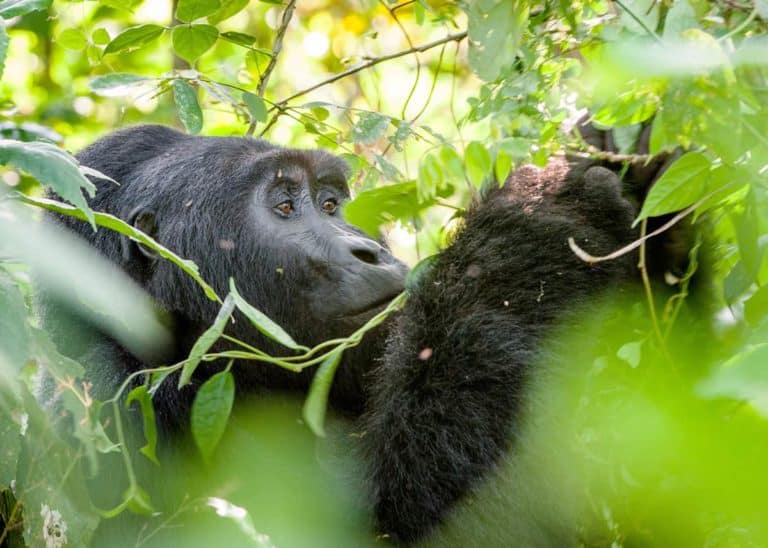
I’m not sure this body of water was “discovered” in 1858 as it’s been in existence for thousands of years. Naming it after a queen who supported slavery is outdated and hopefully the renaming will take place.
Locally the lake is known as Nalubaale, Nyanza, Ukerewe, and Lolwe
You’re correct. It is presumptuous (and weird) for visitors to rename local landmarks. The mistake has been corrected in the post.
Thanks!
I love it. I used to live right next to lake victoria!!!!!!!!!! BEST SIGHT Ever!!!!!!!
I like it
Thank you for putting together this article. I enjoyed reading it even though i am a Ugandan resident and been residing near the lake
Thanks Sula!